
Land Rover Discovery Station Wagon (2004-2017) engines, drive and performance
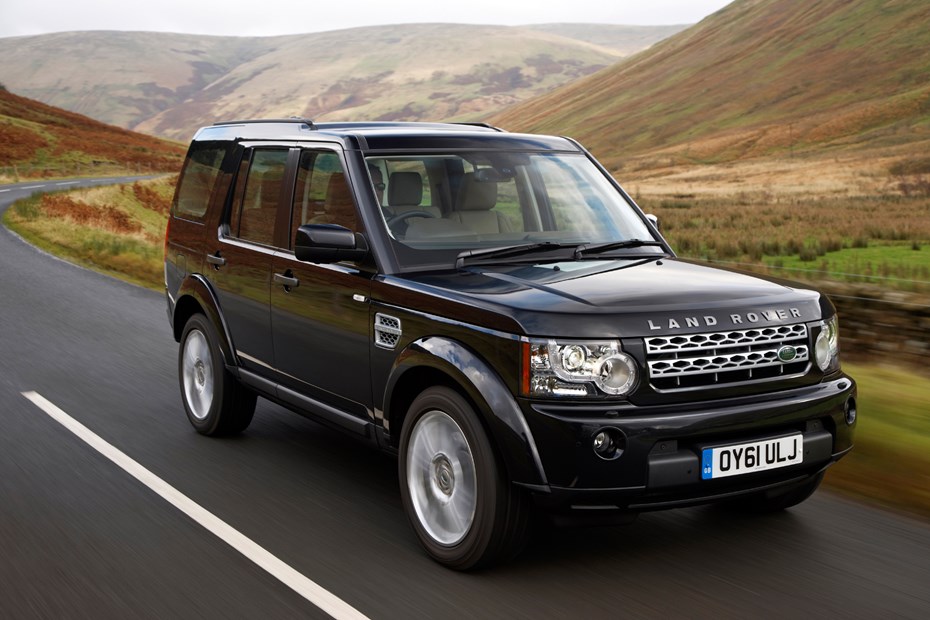
The current generation of Discovery started life in 2004 with a 2.7-litre turbodiesel V6 engine or a 4.4-litre V8 petrol. While the diesel was a little sluggish, it was still the engine to have as the 300bhp petrol V8 drank fuel like it was going out of fashion.
Even the V8’s strong performance could not save it from the chopping block in the UK when the new 3.0-litre twin-turbo diesel V6 arrived in 2009 with a six-speed automatic along with a facelift to create the Discovery 4. This engine was offered in two guises: TDV6 and SDV6.
In 2011 the TDV6 was dropped and the SDV6 improved from 245bhp to 252bhp in late 2011, offering 0-62mph in 9.3 seconds and superb performance in all conditions. This was helped by a new 8-speed automatic that’s hushed, smooth and as slick as any on the market. It is the best for Land Rover Discovery performance.
For the 2014 model stop/start technology has been fitted which helps reduce emissions to 213g/km of CO2 (down from 230g/km) and improves fuel consumption to 35.5mpg on the SDV6 diesel.
Parkers recommends
These days there’s only one engine available: the 3.0 SDV6 diesel, which offers impressive performance and keeps running costs more affordable than previously.
For 2014, both CO2 emissions and fuel economy were improved.
Despite its size, the Discovery will allow you to corner at higher speeds with plenty of confidence. The steering offers reasonable feedback for a big vehicle, although the brakes do seem to take an age to bring the 4x4 to rest from high speeds.
The ride is extremely comfortable too and soaks up lumps and bumps with ease, insulating passengers from the road surface. On tough terrain the Discovery comes into its own and its off-road system, called Terrain Response (standard on all but the base model), is one of the best around.
It’s controlled by a dial on the centre console and delivers the optimum driving set-up for nine different conditions through five settings including grass, gravel, sand and snow. There’s also a heavy-duty setting (for mud and ruts) which raises the ride height of the vehicle. There are three height settings for the suspension and the wading depth is up to 700mm (with air suspension).
Revised models from 2009 have an improved suspension set-up and better steering, making them more agile in corners with less body roll. The steering also has better feel to it and is more precise at lower speeds.
Land Rover has also upgraded the brakes which are far better at bringing the Discovery to a stop with minimal drama.
For those not worried about taking their Discovery off-road Land Rover offers the option of a single-speed transfer box on 2014 models. As standard there is the twin-speed transfer box which enables drivers to fully exploit the Discovery’s low speed off-road abilities.




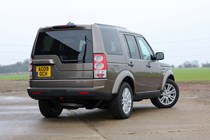
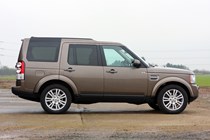
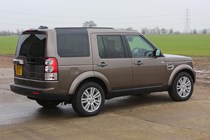
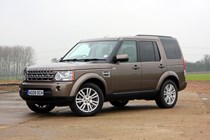
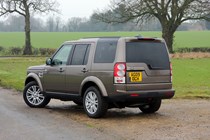
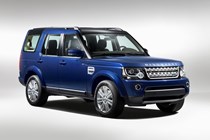
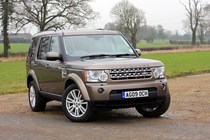

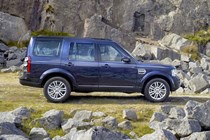

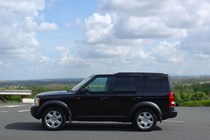

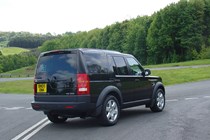
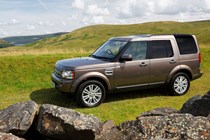
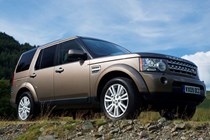
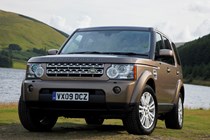

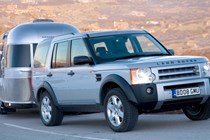
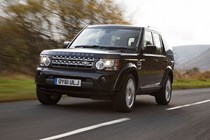
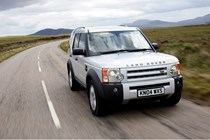
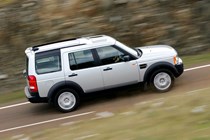
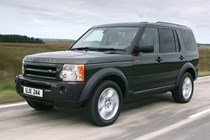
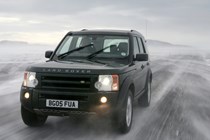
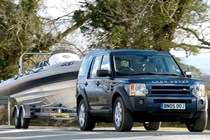

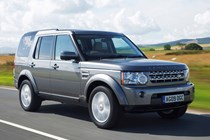
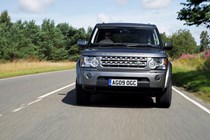
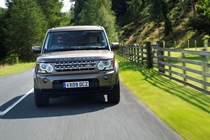
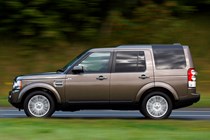
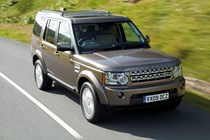
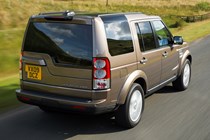
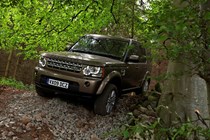
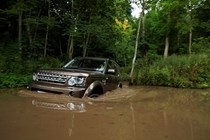
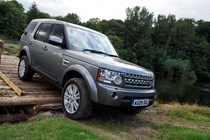
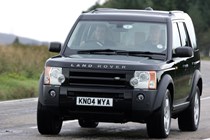
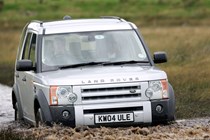
.jpg)
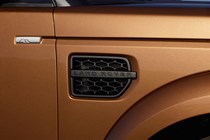
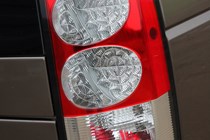
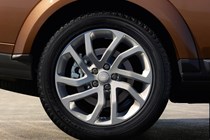
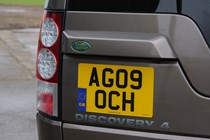
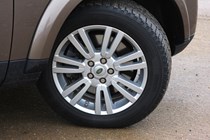
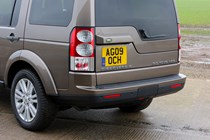
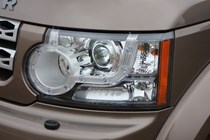
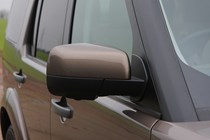
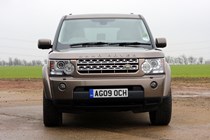

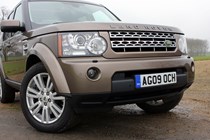
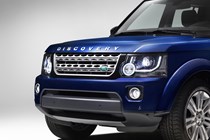
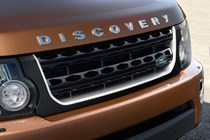
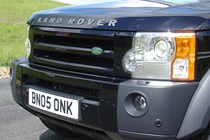
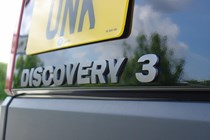
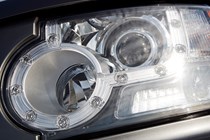
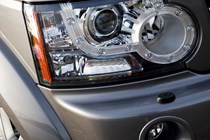
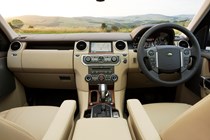
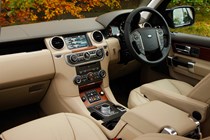
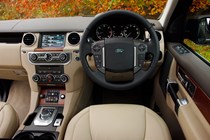
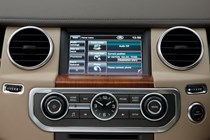
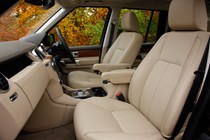
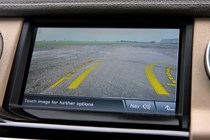
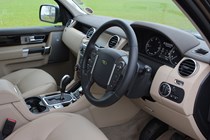
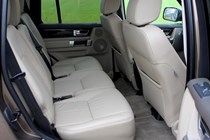
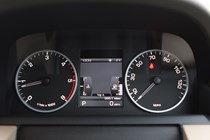
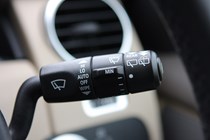
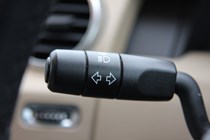
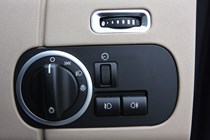
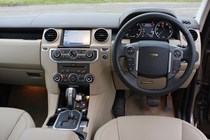
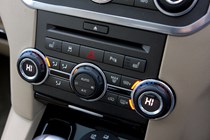
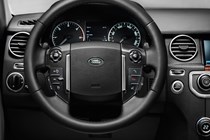
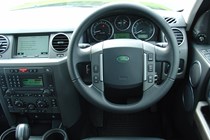
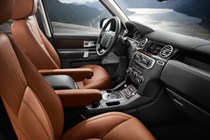
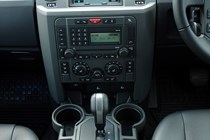
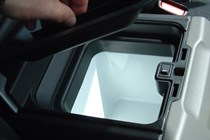
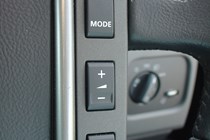
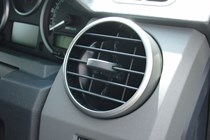

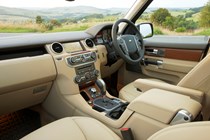
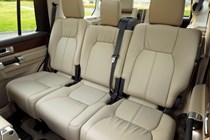
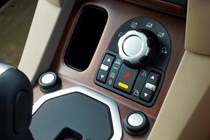
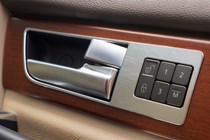
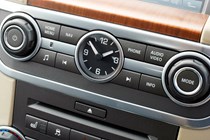
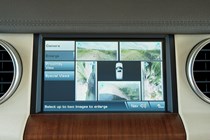
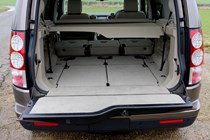
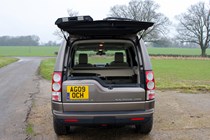
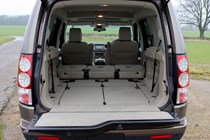
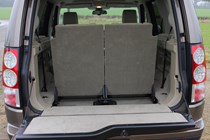
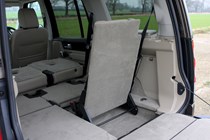
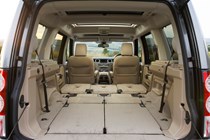
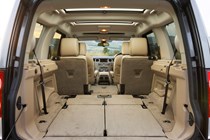
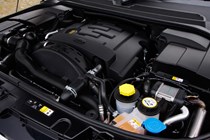
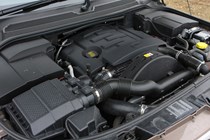
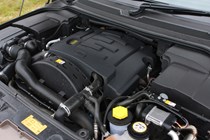






































.jpg?quality=50)






















































